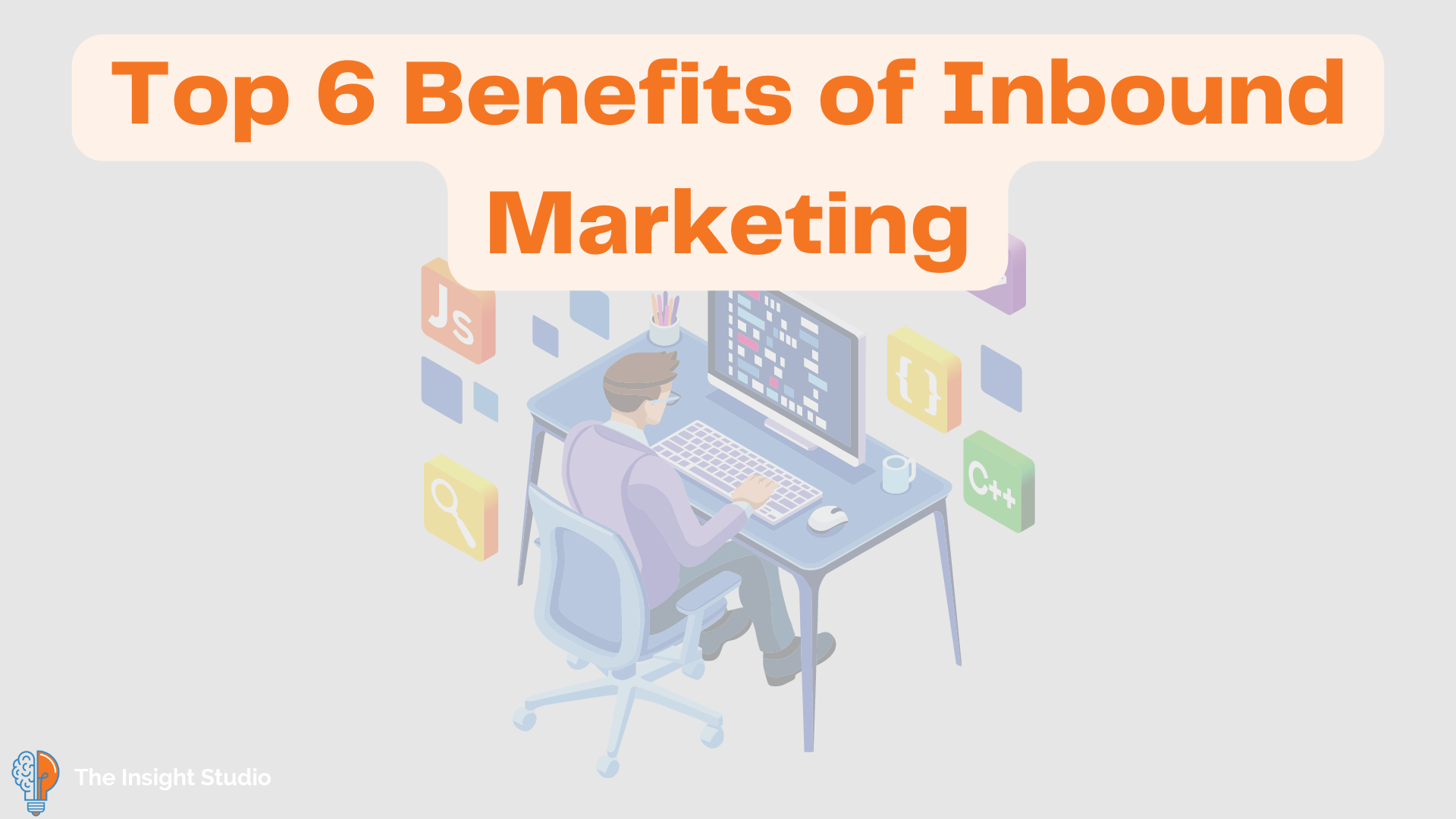Marketing is an essential function that helps businesses harness the market potential and grow. Without marketing, businesses would struggle with creating brand awareness and selling their products and services. Traditionally, marketing majored in outbound practices such as TV/radio/print media advertising, telemarketing, trade shows, etc., which despite being slightly successful, locked out many brands, especially small businesses with little or no marketing budgets.
Today, the landscape has changed, thanks to the evolvement of numerous inbound marketing methods. According to statistics, more than three-quarters of organizations in America and worldwide rely on inbound marketing strategies as their primary marketing approach. Besides being cost-effective, the strategy has immense benefits, which explains its widespread adoption.
If you plan to step up your inbound marketing strategies, continue reading to learn more about the potential benefits. Ready to learn more now? Check out our Ultimate Guide to HubSpot Administrators here, and gain insights to how HubSpot Admins can elevate your business!

.png?width=630&height=330&name=Marketing%20Trends%20%20Hubsessed%20(10).png)